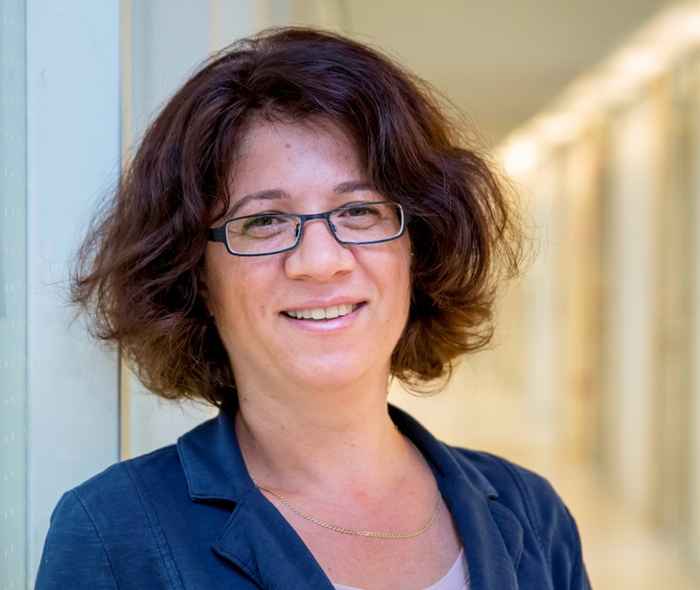New HIMS group: Functional Materials
Focus on hybrid inorganic-organic materials with tailored structural and functional properties
28 September 2020

Functional materials are a class of advanced materials and composites with special inherent properties and functions. They play a crucial role in almost all high-tech technologies and in a great diversity of applications, ranging from optical to electrical components, magnetic and magnetocaloric systems, energy storage materials, and many more.
One of the key trends in functional materials research is to improve technological performance by developing dedicated types of materials. "There is a strong incentive to move from inorganic-based materials to organic and hybrid inorganic-organic devices", says Grecea. "This goes hand in hand with greater compositional control, down to molecular dimensions. This could also positively affect production costs." Shifting to molecular-based devices requires attention to the effects of scaling and often involves integration with microelectronic interfaces.
Grecea points out that her group will put specific emphasis on the synthesis of functional molecular materials using the interplay and synergy of multiple physical properties. "Such materials are an ideal platform for designing molecular devices with applications in molecular separations and sensing, and proton membranes for fuel cells and catalysis".
Sensing CO2
As an example, earlier this year the Functional Materials group demonstrated that porous inorganic-organic materials can be used as effective sensing layers for the monitoring of CO2 levels. In a collaboration with the Holst Centre (imec/TNO, Eindhoven, the Netherlands) it was shown that these materials are easily processed and integrated into inexpensive impedance sensors.
The results were published in the RSC journal Molecular Systems Design & Engineering as part of a dedicated collection of papers on Molecular Systems for Sensing. Dr Grecea was as one of the guest editors of this themed collection that included papers on a variety of different types of materials, detection methods and analytes. It highlights the potential of hybrid inorganic–organic materials for use in sensing applications.
Another example is a new technological approach for integrating molecular materials in sensing devices, by applying them as nanoparticles and thin films onto electrode surfaces. Dr Grecea is working together with an industrial partner on the proof-of-concept within the framework of a Physics2Market grant she received from Innovation Exchange Amsterdam (IXA), the joint knowledge transfer office of the Amsterdam universities.
For more information visit the webpages of the research group Functional Materials.